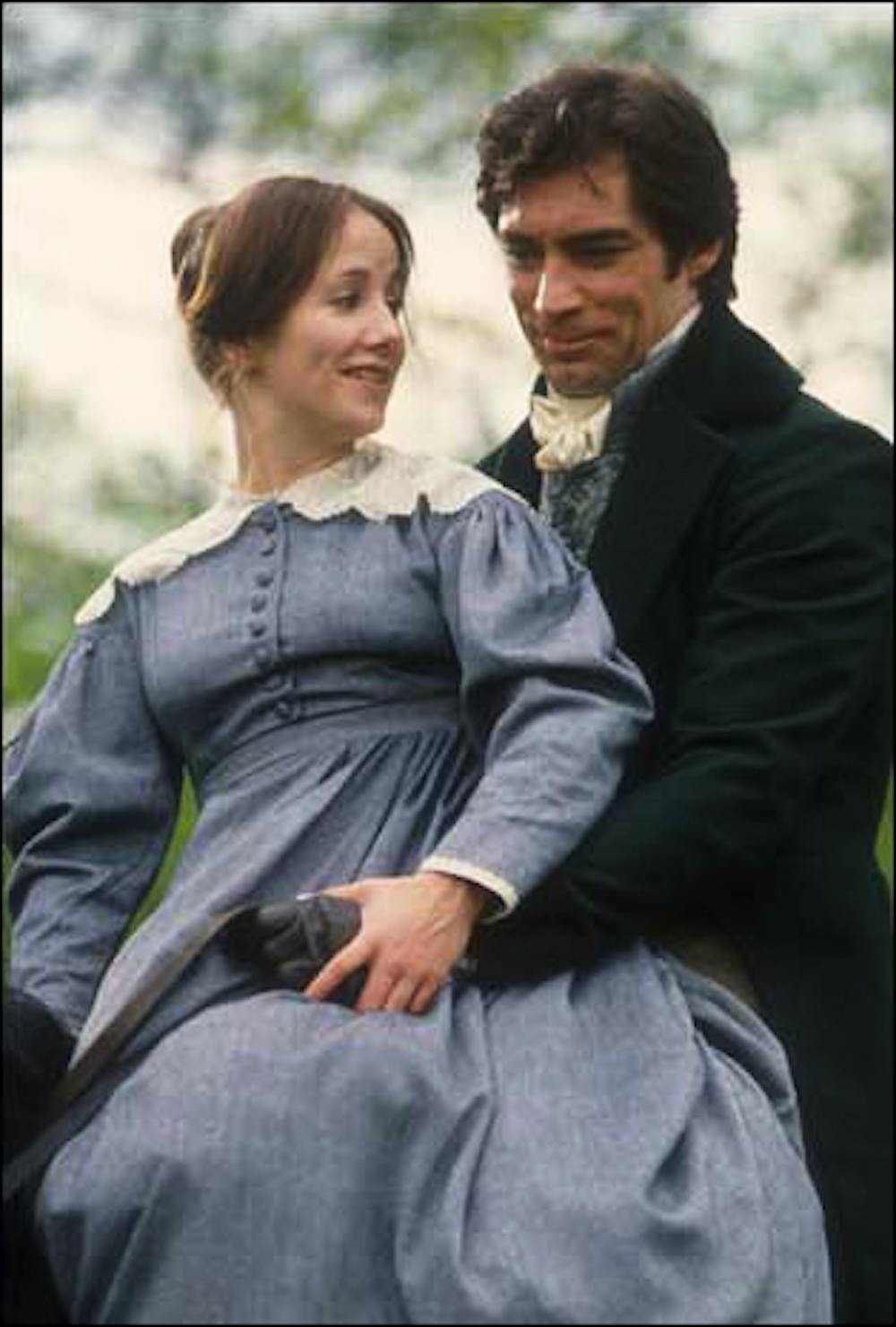As if anyone needed more proof that Hollywood is running out of ideas, two big–screen adaptations of popular novels are hitting theaters this week. Limitless, based on the 2001 novel The Dark Fields by Alan Glynn, and The Lincoln Lawyer, based on veteran mystery writer Michael Connelly’s 2005 novel of the same name, are receiving the Hollywood treatment for the first time. What better example to learn from than Charlotte Bronte’s immortal 1847 novel Jane Eyre, whose newest reboot opens in Philadelphia next week? With at least 18 adaptations for both film and television, Bronte’s work is without a doubt one of the most adapted novels of all time.
Though the staggering number of attempts to bring Jane Eyre to life on the silver screen is a statement to the novel's timelessness and durability, it is also an indication of how difficult it is to adapt. Street takes a look at a few dos and don’ts that prospective adaptive filmmaker's can glean from Jane Eyre’s filmic timeline.
Do stick close to the source material Best exemplified in: Jane Eyre (1983)
A favorite for lovers of the novel, this BBC adaptation earned the respect of critics and fans alike for its faithfulness to the book. Made possible by its miniseries format, the version runs a total of 239 minutes, time enough to capture the intricacies and sheer girth of the novel.
Don't lose sight of your protagonist Best exemplified in: Jane Eyre (1943)
A poll conducted by British publisher Mills & Boon in 2009 reported that readers found Jane Eyre’s amour, Mr. Rochester, to be the most romantic character in literature. It’s no surprise then that Rochester’s character in film versions often overshadows Jane’s, none more so than the incarnation brought to life by Orson Welles in filmmaker Robert Stevenson’s version. Though Welles’ take does justice to Bronte’s fascinating romantic hero, the obvious lack of interest in Joan Fontaine’s Jane makes for a dull story arc and a surprisingly shapeless, lackluster adaptation.
Don’t be afraid to alter characters’ appearances Best exemplified in: Jane Eyre (2006
Another offering brought to you by the BBC, this 2006 miniseries version of Jane Eyre casts the unconventionally attractive Ruth Wilson as Jane, and the indisputably handsome Toby Stephens as Rochester. Though some readers cried foul at the casting of attractive leads for Bronte’s famously unattractive couple, the chemistry that unfolds between the characters within the final product proved that looks don’t matter, either for Bronte’s Jane or Rochester, or for viewers of filmic versions alike.
Do try to make it to the big screen Best exemplified in: Jane Eyre (2011)
As good as the BBC adaptations are, the small screen still holds a stigma for (mostly American) theatergoers who immediately think of Hallmark and SyFy original movies when they hear the term “made for television.” The success of the most recent Jane Eyre on this side of the pond, which in its opening weekend proved to have the highest per–screen average gross so far this year, shows that lovers of the novel are still hungry for a definitive, big–screen version of the novel.

